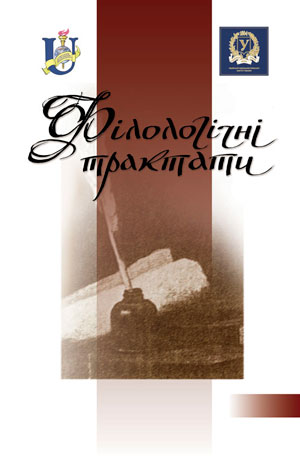Zhabotinskaya S. A. Onthology for thesaurus-dictionaries: linguo-cognitive aspects
Keywords:
methodology, cognitive linguistics, conceptual sphere, conceptual models, frames, categories of thought.Abstract
This paper discusses a methodology developed within the framework of cognitive linguistics and adopted for construing conceptual models of thesaurus dictionaries. It is argued that such conceptual models, defined as ontologies, are multidimensional “networks-in-the-network” structures, where the total conceptual sphere of a thesaurus dictionary (Dimension-1) is a network of domains; each domain (Dimension-2) is a network of parcels; and each parcel (Dimension-3) includes synonymous/antonymous concepts, the content of which is similarly arranged as a network of properties. At each of these dimensions, evolving in-depth, the networks are structured by a limited set of iterative propositional schemas that belong to the five “basic frames”– the Thing, Action, Possession, Identification, and Comparison frames. The frames, which determine the types of propositional schemas, include the basic categories of thought, and provide the most schematic arrangement of information about things of the experiential world.Downloads
Published
2020-05-28
How to Cite
Zhabotinskaya S. A. (2020). Zhabotinskaya S. A. Onthology for thesaurus-dictionaries: linguo-cognitive aspects . Philological Treatises, 1(2), 71–87. Retrieved from https://tractatus.sumdu.edu.ua/index.php/journal/article/view/827
Issue
Section
Articles













